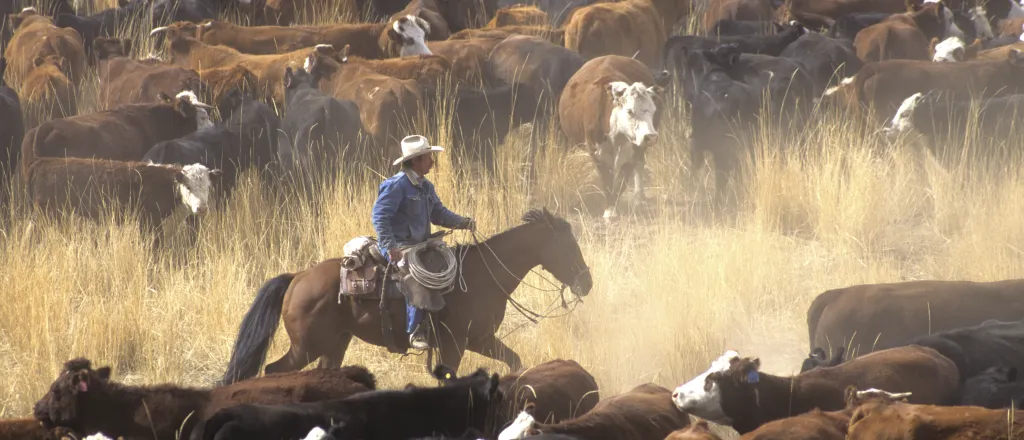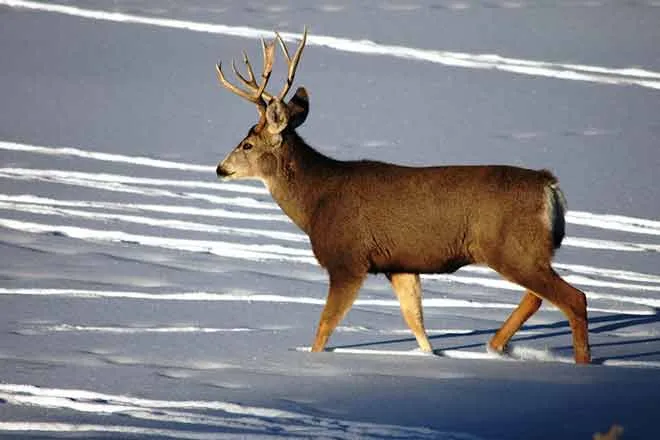
The nation's cattle industry has started the year with a sharp reduction in feedlot placements, compared to a year ago. Gary Crawford has more.
PARTICIPANTS: Gary Crawford and USDA livestock analyst, Shayle Shagam.
TRANSCRIPT
The decline in the nation's beef herd continues to show up in reports from the Agriculture Department.
The latest numbers coming from this past Friday's USDA cattle on feed report.
Perhaps the telling number there is this one.
During January, approximately 1.8 million head of cattle were placed in feedlots, which was about 7% below a year ago.
A significant but not unexpected decline, according to USDA livestock analyst Shale Shagham.
He told us there are a couple of reasons for such a big decline from last year in feedlot placements.
The number of cattle outside feedlots is small relative to a year ago.
You're down about 4%.
So to some extent, it does reflect pulling a number of cattle from a smaller pool.
The other thing you have to remember is that we did have some weather events during January, which probably had some impact on the pace of placements of cattle into the feedlots.
Much of the nation getting hit hard by severe cold and in some cases heavy snows.
Besides lower placements of animals into feedlots, there were fewer marketings of fed cattle out of feedlots, USDA reporting on a per day basis, marketings were down 5%.
In terms of the marketing number, you did see a little bit of that same situation because of the weather.
When you have severe weather events, oftentimes you'll see a drop in cattle weights.
They will have to stay on feed longer to regain some of that condition.
That may have had an impact in the slowing of the pace of cattle during the month.
Meanwhile, in January, cow-calf operators were seeing what Shale Shagham calls some...
Pretty good prices.
Taking a look at 750 to 800 pound feeder steers at Oklahoma City.
In January, they were selling for about $226 a hundred weight compared to about $178 in January of 2023.
So again, from a standpoint of somebody selling animals, these were very good prices.
If you had animals to sell, which leads us to the question we ask after every cattle report, is there any sign that the contraction of the cattle herd is ending?
Are producers finally holding back more heifers for breeding?
And the answer...
It's too early to say whether producers have made any changes in the intentions for holding animals, heifers back for breeding.
You're probably going to be waiting to see how the pasture is developed going forward.
Meanwhile, one last number.
USDA reports the inventory of cattle and calves in feedlots as of February 1st.
11.8 million head, only about 40,000 more than February 1st a year ago.
Gary Crawford for the U.S. Department of Agriculture.








